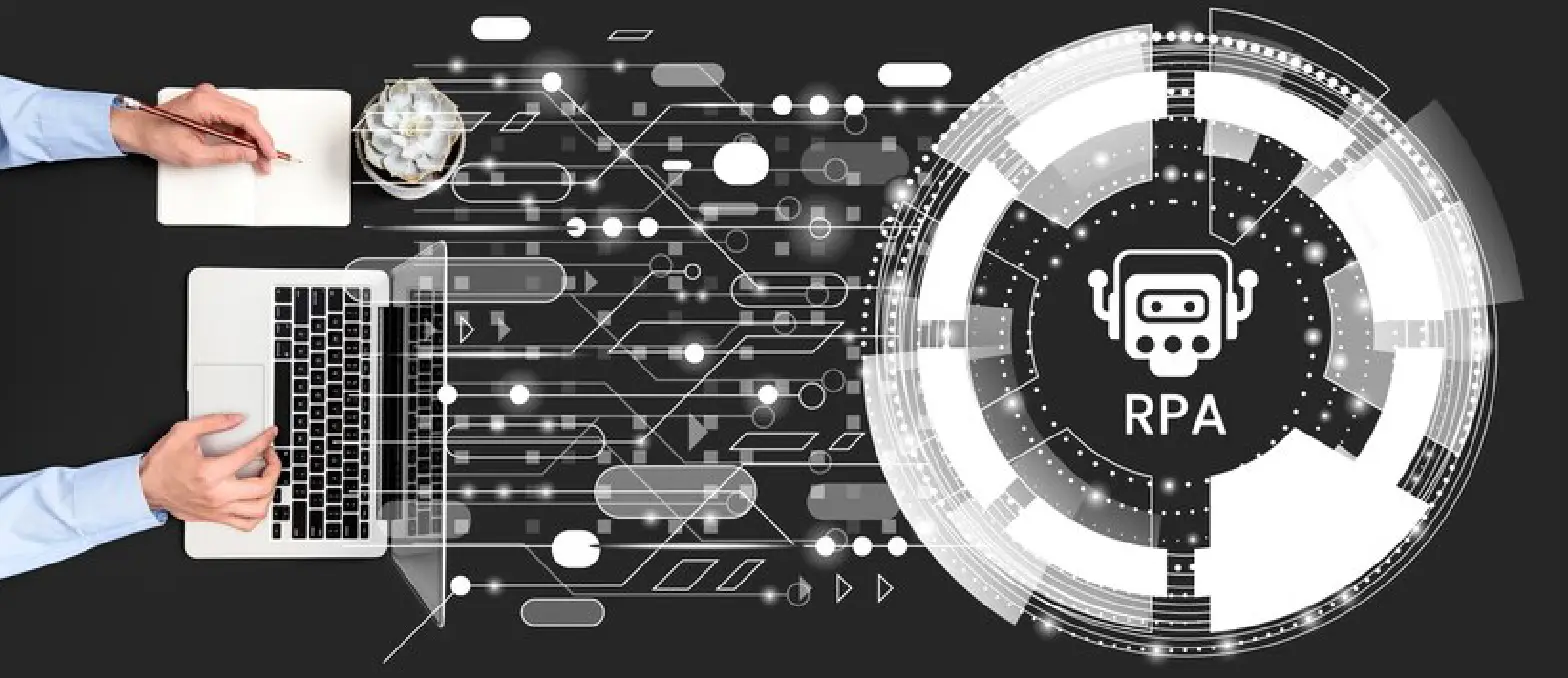Before investing in Learning Management Systems, which have become popular in the market, it is better to uncover a few facts and trivia about them.
- Tech Companies Ratio in Buying Learning Management System Globally is 30%
- In the US, 42% of organization have achieved great ROI with eLearning
- Learning Management Systems is a Competitive Advantage globally observed by 72% of Organizations
- Spending on Education Industry is Continuously Accelerating Since 2017 and is expected to continue till 2022
- Most of the College Students are in favor of adopting eLearning Technology Solutions in the US
- The ratio of Adults and Young People learning from Digital educational Platform is 37:28 percent respectively
The primary participant of adopting and using Learning Management Systems are Corporate-Level Executives And Managers
Both, LCMS and LMS are an essential part of eLearning software solution. LCMS consists of features that match the functionalities of LMS. However, there are a few differences between them.
LCMS or the Learning content management system, on the other hand, is among the less highlighted services. In this article we will learn the features of both, LCMS and LMS, and how they can help in content creation and delivery effectively.
Table of Contents
Personalizing the Learning Experiences
Personalized learning methods are more in demand across educational institutions amid the epidemic. The need for online training and educational systems has become indispensable. Additionally, the idea to ingrain personalized learning is getting many heads-up as well as consent for integration.
- Personalized learning is perceived by 21% as a revolutionary approach to improve the K-12 curriculum.
- About 8% of the teachers understand personalized training methods as a threat to public education methods.
- On the other hand, it is also stated as a promising idea by 25% of educators.
- 10-11% of teachers say that they are less considerate about personalized learning as it is a vogue and shall pass soon.
eLearning management solutions offered by the IT professional service providers encompass content creation, monitoring, management, distribution & much more. Let’s first learn more about the fragment of an elearning solution – the learning content management systems, which is synonymous to course management systems (CMS).
Learning Content Management System – A Content Warehouse
LCMS is more of an amalgamation of CMS and LMS. Learning content management system comprises of elearning materials creation, storing, organizing, and delivering on the web.
As known, the fundamental aspect of an elearning solution is the content. LCMS leverages the educationist to create content within the LMS ecosystem. This meaningful educational content is used in courses, lessons that can help in enhancing knowledge. With relevant and substantial content in the LCMS, educationists can easily target micro-level learning.
LCMS is a central platform for all authors to collaborate and participate in content creation where they can add their content and reuse others’ content.
Moreover, LCMS lets the educationist or trainers create a personalized experience respective to the audience’s needs by allowing segregation of the content. The segregated content is further useful for unlocking and tracing out the duplicate content, which also eliminates the need for rework.
One of the features in LMS is tagging and adding metadata. You can use the same in LCMS, which promotes efficient and quick changes in the content as per the audience’s role & designation, location, product, and much more, and further distribute the content through LMS.
Components of LCMS for Seamless Content Creation & Management
Asset Management
The IT consultation services provider who create the most reliable and efficient LCMS tool understands the need for easy and quick management of elearning content-related material, such as organizing, storing, and editing of multimedia, fonts, and captions with a click or so. Hence, asset management helps in quick and easy management of all.
Translation Workflows
A learning content creation and management tool are integrated with features, such as localization and translation.
LCMS is compatible with SCORM that allows universal content publication and reusability of the content. SCORM consists of the sharable content object and reference model components that amalgamate together in an LCMS & LMS for communication, defining, and giving access to the information package about learning content for easy translation workflow.
Learners Logins and Accessibility
Though the LCMS follows SCORM standards and allows easy access to the learning content as well as publicizing them. LCMS also offers its users other unique features, such as protecting domain offline as well as online with a password, distributing URL links, and XAPI integration for quick content fetching. Companies or educationists can get customized solutions in LCMS with the assistance of a dedicated software development team fitting their needs and culture.
Responsive and Modern Designs
This new innovative tool amidst pandemic has paved the way for future learning provisions. LCMS is a brilliant way to create and promote your content that can be accessed through any device. The tool is designed to optimize as per different screen sizes. Moreover, the advanced feature allows device-specific alterations as suitable.
Structured Workflows
Today’s most solutions are integrated with cloud computing services, which gives the platform to store and reuse pages, snippets, and entire modules without the fear of losing them.
Cloud leverages the admin to reprocess and reutilize the entire content, without the need to start from scratch. This repurposing saves a lot of time and energy while boosting productivity by providing quality content.
In LCMS, you can reciprocate themes and style, replace images and videos with new ones, manage a hierarchical structure for course management, coordinate and permit team members to work on the same projects.
Data Management
Not just creating content and its distribution works alone. In order to scale the content, you must understand the key aspect of scalability. Your content must promote engagement and encourage the learners to focus on their performance. To know the progress of your app scalability, LCSM offers Big Data Analytics feature that gives you deep insights into your elearning content and areas to make improvements.
Optimum Security
Where content is the key, it must be secured and kept safe. A must-needed feature for every software is rendering a robust and effective security layer to safely keep data. LCSM complies with the ISO and SOC certificates and maintains substantial encryptions to ensure optimum security. For extensive security, the tool also offers GDPR and encryption plans.
How Companies can Benefit from LCMS?
An interactive and efficient tool, LCMS is not limited to delivering student-level content. Professionals, in need of training, can leverage content through this source.
With LCMS, professionals of all grades can enhance their skills by accessing relevant content, which can help in performance efficiency. LCMS is an easy to use, user-friendly platform that can help guide with the right answer, whenever or wherever stuck.
Not just for personal growth, LCMS can be used by the company administrators to distribute a training program among its employees. This assures equally distributed knowledge to scale in the market and dictate yourself as a competitive solution provider.
This tool is a warehouse of content, which is constantly upgraded to keep you updated with the changing market. The content in LCSM empowers you with the right knowledge to sync with the changing needs of customers as well.
Often LCMS is confused with LMS, however, said that both focus on content hosting and distributing as well as compatibility with SCORM. Still, some functionalities differ from one another.
As aforementioned LCMS is purely dedicated to authors for content creation and synchronization. While LMS is more into administration and management of content. Let’s dig deep into the learning management system and its features.
Learning Management System – Talent Management Software
LMS – a learning management system is a hub from where you can manage training or online educational courses and eLearning tools. Learning management is especially used as a self-service solution provider due to its comprehensive administering tools in-built.
A learning management system assures companies that you meet your desired goal. Hence product engineering services offered by the IT team for LMS encompass requisite functionalities that help in achieving goals seamlessly.
LMS is integrated with functionalities to collect data related to learners, handle all elements related to elearning, and observe & guide elearning best practices.
Asynchronized Learning Facility
The feature that differs LMS from LCMS is unsynchronized learning. Through this feature, the learner has the opportunity to learn the course at their pace. How is that possible? Even though the system offers online live training sessions, LMS combines the videos, readings, and messaging on a virtual pivot, which promotes engagement, ease of learning, and more learner draw-in.
Social Learning Facility
Another engaging factor of this SaaS development solution is learning from other learners. Since learning can sometimes be strenuous, social learning can aid in relieving some. LMS offers forums and messaging boards to interact and converse for topic discussion and more.
eCommerce Management
Not just for the learners, LMS is a hopeful and reliable platform for those looking to sell their content. LMS en route the seller to a wider audience to offer its course modules directly. LMS also renders a payment gateway that directly connects with the seller.
Mobile Learning Facility
Just like an LCMS, LMS also leverages the learners to learn their course or access course material from any operating system. Proficient developers of IT service providers offer enterprise mobility solutions that encourage monitoring, accessibility, and management of elearning material straight through your mobile devices.
Testing and Evaluation
Company managers can test and evaluate the result of their test modules designed for training purposes. Other than educational training, managers can integrate cultural training content, such as workplace safety measures, fire risks, security risks, or any other damages or risks related to knowledge transfer.
Learning management systems can be integrated with highly evolved tasks and assessments for the alignment of tasks and evaluation and assessment of individual skill levels.
Other than these, LMS empowers the companies to accelerate their training process and distribute among its employees seamlessly.
Complete Customization
The software is highly customizable, like LCMS, which means you can edit and publish content reciprocating business type and needs. Hence, you shall see a broad range of setups and implementation options that can fulfill almost any kind of business. From administering employee training to skill evaluation to skill training, you can do everything that empowers the business and its employees simultaneously.
Scrutinize and Report
Similar to LCMS, LMS offers a deep analytical feature for the admin or managers for talent evaluation and making necessary changes for improvements. For instance, integrating a learning management system for compliance training can ensure complete modules access related to compliance. At the same time, LMS can evaluate the number of employees that were able to grab the purpose and content explained in compliance training.
Here, you can set tasks and define roles for the quick learners as per their level of understanding while ensuring that the remaining are also able to extract some information and understand the training content.
Assessment Management
As a part of the eLearning solution, LMS is focused on learning. LMS integrated feature involves management. LMS analysis and manages the assessment, which delivers the result of performance indirectly. LMS assists company managers to evaluate and assess the performance of each employee throughout the year. This assessment is further used for rewarding the employee with extraordinary performance through incentives or appraisals that act as motivation for the individual and others.
Comparison Between LCMS and LMS
If you look closely, you will find that both management systems revolve around content creation and distribution. However, LCMS is focused on educational content hosting and creation, LMS gives a broader platform with much more functionalities beyond creation and distribution.
The difference lies in the degree or rank of users attaining training from the system. LCMS attracts authors and learners who want to attain a career. While LMS attracts company managers and employees who look for training content relevancy of enterprise-grade, culture and niche.
In a Nutshell –
Those who are not able to comply with new technologies, such as cloud-based or data-driven solutions can opt for LCMS and seamlessly integrate it as a learning technology stack for content creation and delivery. Whereas LMS is more focused on specific company training and development and helps them to onboard employees. LMS is also focused on the personalized needs of the company and individual. Despite their differences, both assure quality and quantity content available for the users to achieve their respective goals.






